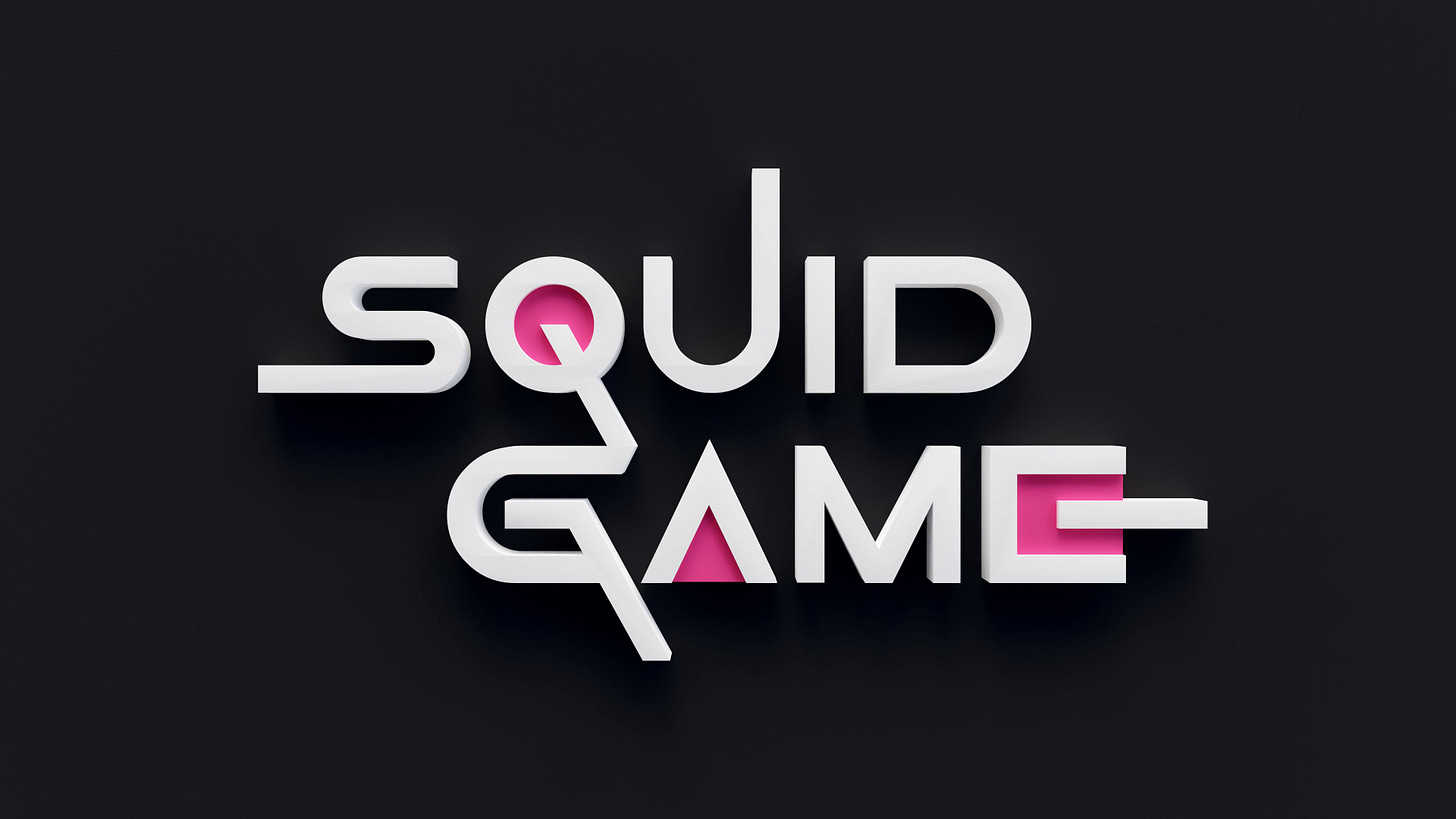How To Research on a Crypto Project? (Using $Squid as an Example)
I still remember the first time I heard about the popular Netflix series “Squid Game.” It was via an email notification from Netflix. When I saw this notification, my first thought was “This must be just another show that Netflix is trying to push out to me”. Little did I expect the series to become such a big hit worldwide. So much so that a group of developers and programmers came together to create a crypto project around it. This is how the Squid Game Coin was introduced.
As you may have heard on mainstream media, the price of squid game coin crashed 99.99% in a matter of hours. On 1 November 2021, the coin traded in the 30s range and hit a high of $628 before crashing to a fraction of a penny. All of this happened within the same day!
Here’s the price chart taken from Coinmarketcap.
What is the Squid Game Token (SQUID)?
Squid Game was a meme coin on the Binance Smart Chain (BSC) that was created based on the popular Netflix series of the same name. The token launched as a play-to-earn game inspired by the TV hit. After launching at a price of $0.01, the value of SQUID increased exponentially, hitting $4.42 just three days later. As the price kept increasing, there were reports that SQUID tokens were hard to sell on PancakeSwap. This is a first sign of danger: illiquidity.
There are many scams in the crypto space out there, with the promise of high returns too alluring for some. To avoid falling into these traps, we need to conduct proper research before investing into any crypto project.
Here’s a 5-step framework on how we can do our due diligence on a crypto project:
1. Who are the Project Founders?
This information could previously be found on its now defunct website squidgame.cash. The website listed a certain David Kanny as the project’s CEO, supposedly an alumnus from the University of California with previous work experience at Netflix. Mabel Jah, Kevin Sam, Christian Abbigail, Daniel Jolia, and Lawrence Dan were listed as members/ executives of the company. However, none of these names could be found online. There was no linkedln profile for these people either.
With the technological advancement these days, it is now possible to create images of people who don’t exist. 3 years ago, Nvidia created an algorithm website called thispersondoesnotexist.com. The site creates pictures of people that do not exist in real life. Every time you refresh the page, you get a different image of a person. These are computer generated pictures of people, not real people. It is probable that the developers of squid game used this software to recreate images of fake people.
2. Social Media Handles
Visit the social media handles of the project and read their social media postings. Has the account been restricted due to unusual activity? Who do they follow? Are you allowed to comment on their posts? Do their telegram and discord channels allow you to chat?
There were 2 twitter accounts for the squid game project, one of which was restricted due to unusual activity. Their twitter posts are mainly announcements on the development of the project. They don’t really follow anyone, and people are not allowed to comment on their posts. Their telegram and discord channels do not allow people to chat.
3. Read the White Paper
What’s the thesis of the project? What are its use cases and why would people buy it? We should also check for grammatical and spelling errors in the white paper.
The white paper for the squid game project was littered with spelling and grammatical errors. As for use cases, there doesn’t seem to be any for this project. It seems like a greater fools’ theory, where a fool buys in hoping to sell it at a profit to a greater fool.
In the squid game, you’ll need to buy marbles to buy into and cash out of the game. The price of marbles does fluctuate. At times, it does not make financial sense to cash out. Imagine if you made $1 but you need to buy marbles for $2 to cash out your $1 profit. No one in their right mind would do this.
If all this doesn’t already sound suspicious to you, then I don’t know what does.
4. Who is it audited by?
The audit report for squid game coin was provided by coinscope. The squid came coin received good scores in all categories, including its domain name (which I’m not sure what’s there to rate). From the coinscope website, you can get an audit report for your chosen coin for a fee. Herein lies the conflict of interest. Coinscope has the incentive to give them a good rating so that they will continue being used and getting paid for providing the service.
5. Opensea
Opensea is an NFT marketplace where people sell their digital art. Opensea had an unofficial squid gamers page (now unavailable). This page sold NFT collections of squid game characters wearing the merchandise. The odd thing was that NFTs for squid game look too identical. The only slight differences were the hair and the numbers on the shirt.
Conclusion
Before investing any money into a crypto project, be sure to use these 5 steps as a guide to help identify any possible red flags. It’ll prevent you from falling victim to crypto projects like squid game.




